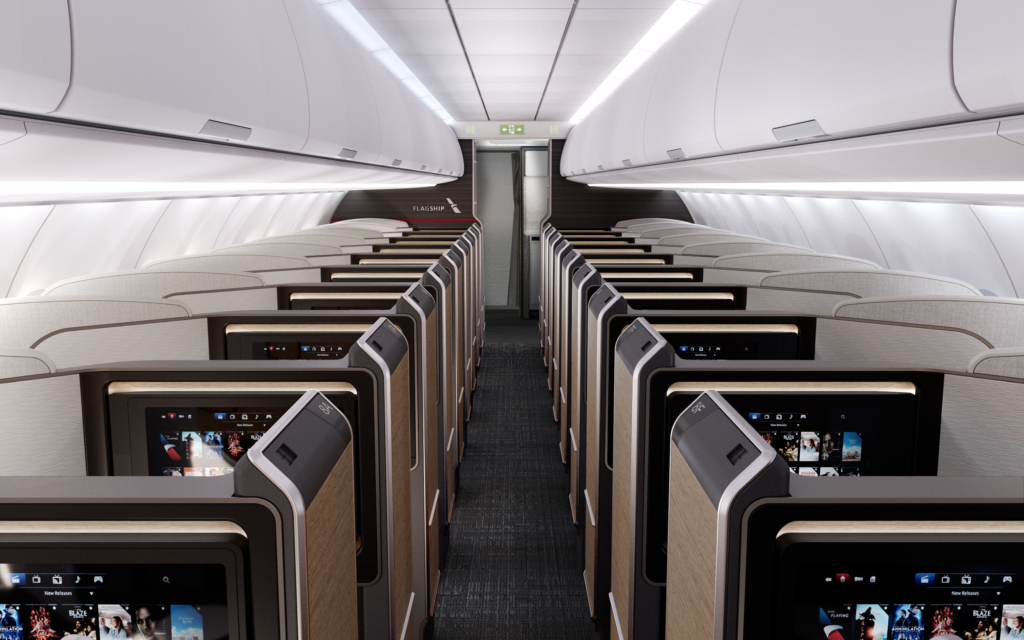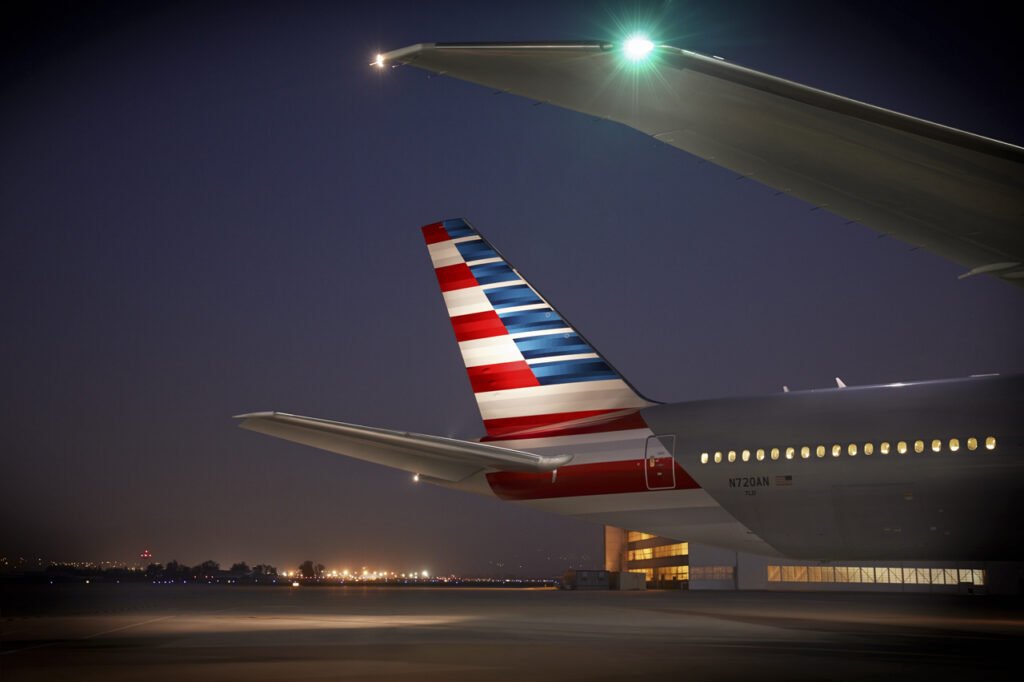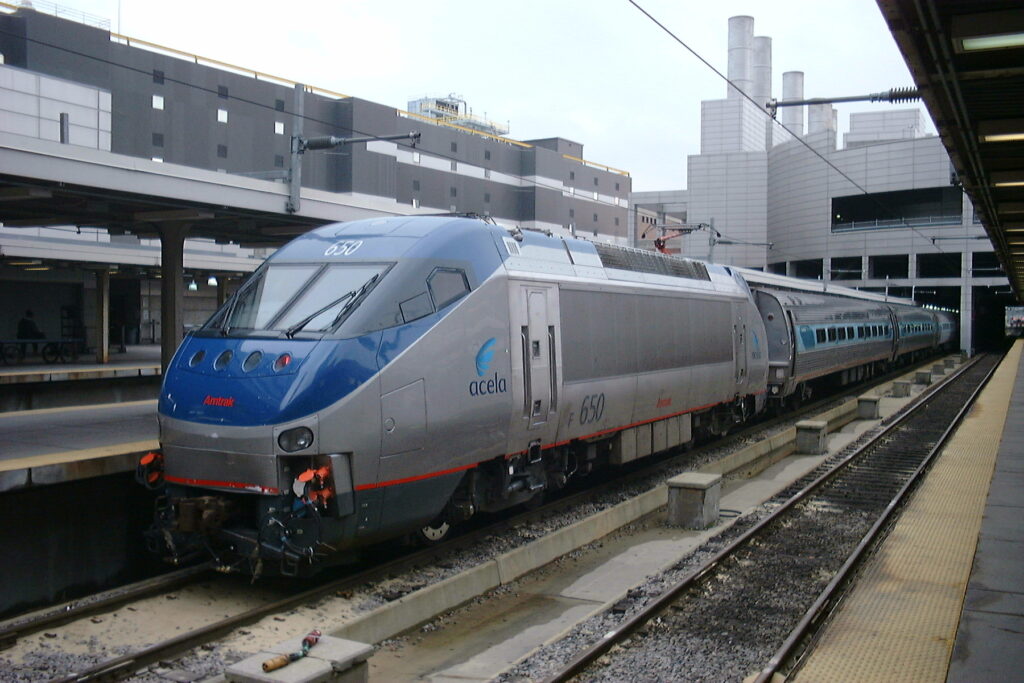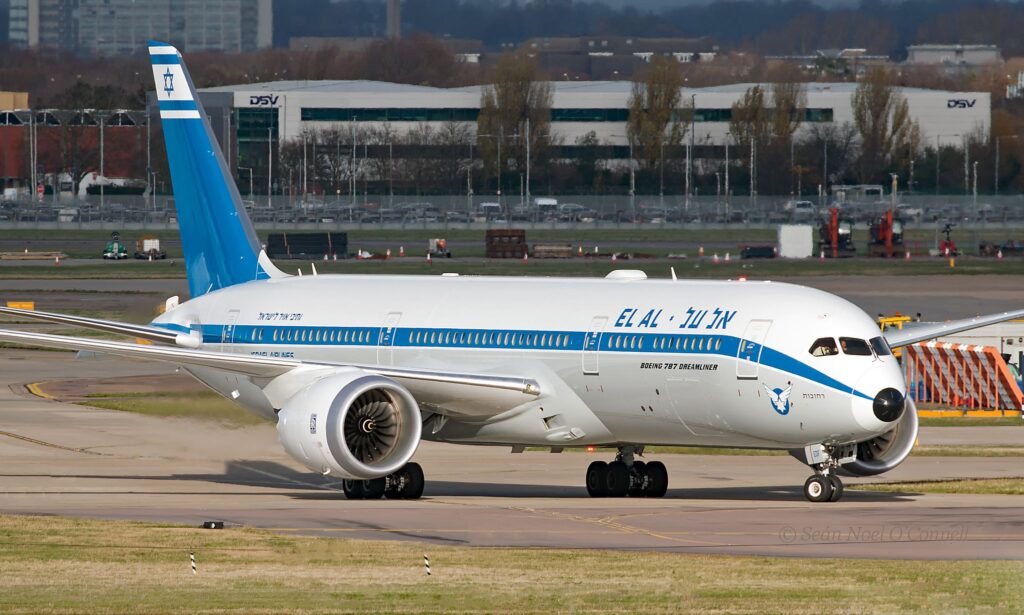American Airlines introduces AAdvantage Business
Fort Worth, Texas — American Airlines Group (Nasdaq: AAL) continues to make travel more rewarding by introducing a new business loyalty program. The first program of its kind, AAdvantage Business™ rewards both eligible companies and…



